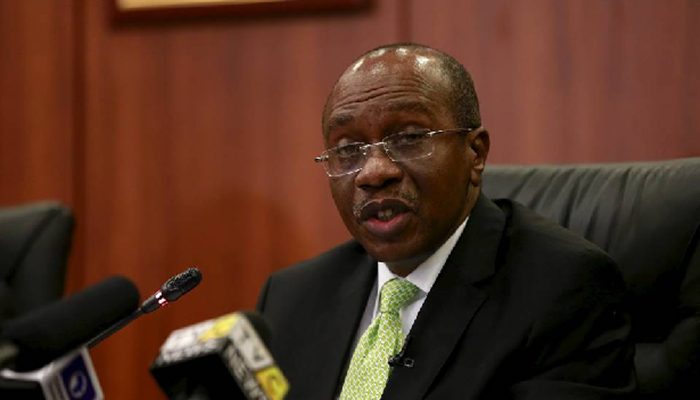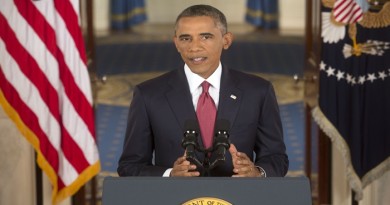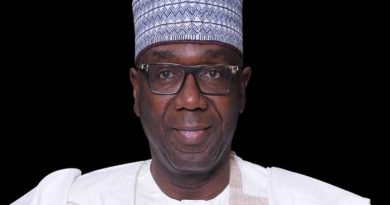MPC maintains status quo for 10th consecutive time
The Monetary Policy Committee (MPC) of the Central Bank of Nigeria (CBN) has maintained status quo for the tenth consecutive session.
At the end of its 261st meeting (second this year), eight committee members voted to retain monetary Policy Rate (MPR) at 14 per cent; Cash Reserves Ratio (CRR) at 22.5per cent; and Liquidity Ratio (LR) at 30per cent.
The Committee considered developments in the global and domestic economy since its last meeting including, sustained global growth momentum; easing geopolitical tensions, and easy financial conditions in the eurozone, UK, and Japan. Meanwhile, concerns were hinged on downside risks, touching on US-China trade tensions, protectionist stance, and geopolitical concerns in the Middle East.
On the domestic front, the Committee noted that continued drop in headline inflation rate in April at 12.5per cent y/y, rebounding crude oil prices and stable production; foreign exchange stability amid strong external reserves, and sustained Gross Domestic Product (GDP) growth.
On the recently released Q1-18 GDP numbers, the MPC acknowledged the continued fragility of the domestic economy, thus reiterating the urgent need for reforms and fiscal stimulus. Commenting on growth outlook, the Committee cited drags from the late passage of the 2018 budget, growing level of sovereign debt, and security challenges ravaging the agriculture sector.
The MPC, in line with our expectation, took a more proactive view of inflation, highlighting upside risks to liquidity injection over H2-18, including the (1) commencement of fiscal spending following the passage of the expansionary 2018 budget, (2) potential upward review of minimum wage and a possible supplementary budget to cater to that, (3) election campaign spending in the build up to the 2019 general election, (4) downward sticky domestic food prices amid pressured supply chain in the face of unresolved herdsmen-farmers clashes in major food producing states, (5) higher FAAC disbursements, occasioned by rising oil revenues, and (6) rising global inflation.
The MPC members were faced with the choices of maintaining status quo, tightening, or easing monetary policy. Amid strong arguments for the three positions, the choice of seeking further clarity on the evolution of major macroeconomic fundamentals culminated into a decision (8 votes to 1) of holding policy rates constant, while allowing for policy flexibility as developments unfold in the macroeconomic space. In particular, the Committee highlighted the impact of monetary policy normalization in the U.S. – with a number of currencies in emerging markets experiencing pressure already.
On private sector lending, the MPC looks to seeking innovative ways by Deposit Money Banks to increasing lending. Again, members highlighted that loosening at this time may not necessarily spur private sector lending or drive fixed income yields lower, considering the high cost of doing business.




